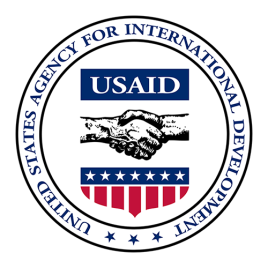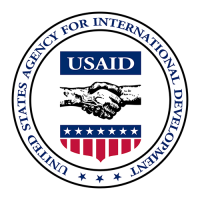USAID Finalizes Program Income Rule Change Pertaining to For-Profits

Okay, so now it’s official. The U.S. Agency for International Development (USAID) has finalized an amendment to its financial assistance regulations to enable for-profit entities to add program income to a federal award. By making this change, the agency is aligning its approach to program income with that of other federal agencies.
USAID, as part of a 1995 interim final rule that previously was codified at 22 C.F.R. Part 226, established its own program-specific grant regulation prohibiting the use of the “addition method” for calculating program income by any for-profit entity recipient. When the Office of Management and Budget’s (OMB) uniform guidance was adopted by federal agencies in 2014, with USAID’s regulations codified at 2 C.F.R. Part 700, USAID extended the prohibition (2 C.F.R. §700.13(a)(2)) to its regulations without any revisions. Under the addition method, program income is added, with prior approval, to funds committed to the project by the federal awarding agency and used to further eligible project or program objectives (§200.307(e)(2)) (see ¶462 in the Federal Grants Management Module).
USAID in June issued a proposed rule to remove the addition method prohibition for for-profit entities “to expand and extend the activities that USAID supports” when these activities are implemented by a for-profit entity. “The federal agencies that have adopted OMB’s uniform guidance have not generally imposed a prohibition on the use of the addition method by for-profit entities, and no [other] federal agency appears to have imposed a complete prohibition on the addition method by for-profit entities,” the agency stated in the proposed rule, which only received one stakeholder comment.
USAID is making the change based on Department of State provisions that adopt the uniform guidance at 2 C.F.R. Parts 600-699. These regulations do not impose any additional program income restrictions on for-profit entities, and therefore allows them to apply the addition method. Likewise, the Department of Energy, through its regulations at 2 C.F.R. Parts 910-999, does not create any additional program regulations specifically for for-profit entities. Only the Department of Health and Human Services, under regulations at 45 C.F.R. §75.216-.218, does not allow for-profit entities to use the addition method, except for grants for research in its Small Business Innovation Research and Small Business Technology Transfer Research programs.
“Removing this restriction from 2 C.F.R. §700.13 will support USAID’s Private Sector Engagement policy by leveling the playing field for all recipients,” the agency explained when proposing the amendment to its rules. “In short, the result of this change would be that any USAID recipient — whether nonprofit or for-profit — would be able to use the addition method for program income, subject to all the same regulations.” However, the regulation still notes that for-profit entities cannot use the addition method for designating program income as profit.
In fact, the final rule needed such little explanation, it was all addressed in less than one full page in the Oct. 4 Federal Register. As they say, done and done.
Join us for our following Thompson Grants events:
Advanced Federal Grants Forum | Oct. 25-27, 2022 | Phoenix, Ariz.
Federal Grants Forum | Dec. 7-9, 2022 | Fort Lauderdale, Fla.



